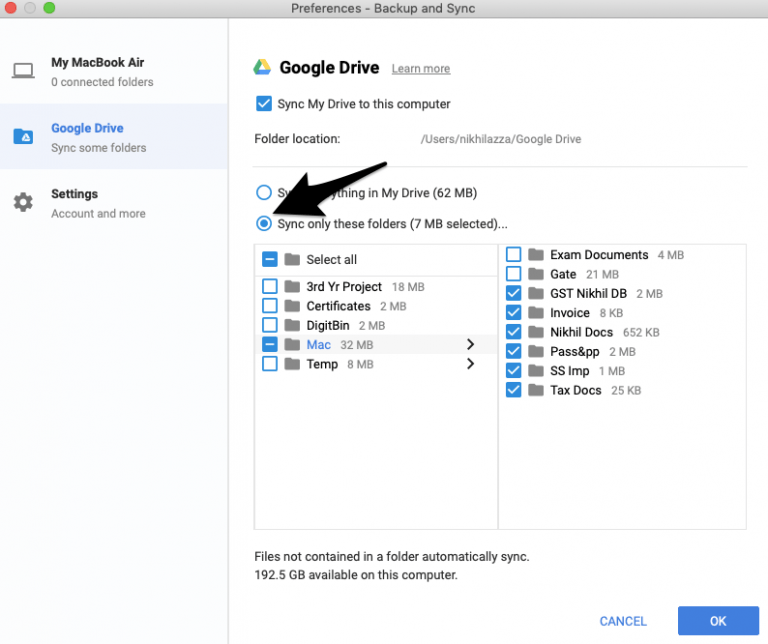
As long as you’re only adding the alias folder, you won’t bother the original. Once you’ve created the alias, click and drag the new alias folder to the iCloud Drive entry in the Finder left navigation.Īnd that’s all there is to safely adding folders to sync with iCloud. Everything in DATA alias will be in sync with the original DATA, even when you move DATA alias to iCloud. The alias is a link from the DATA folder in Documents to a new folder, named DATA alias. To do that, right-click the folder in question and select, Make Alias ( Figure C).įigure C Creating an alias for a folder, named DATA, in Documents. So, instead of dragging the original folder, you must first create an Alias of the original folder. You can’t just open Finder and drag a folder to the iCloud Drive listing in the left pane, because that doesn’t copy, it moves the folder. ICloud will move anything from within Documents to the cloud. Make sure you leave Desktop & Document Folders unchecked, otherwise Uncheck everything you do not need to keep in sync with iCloud. In the resulting screen ( Figure B), click Options associated with iCloud Drive.įigure B This is where you configure what is synced with iCloud. In the System Preferences window, click Apple ID ( Figure A).įigure A The Apple ID entry within System Preferences. To remove items from syncing to your iCloud account, click on the Apple menu at the far left of the top bar and then select System Preferences. Before disabling the majority of sync items, I was always receiving the out-of-space notification from iCloud. One reason I opt to not sync most of the default options in iCloud is to simply save that cloud space for more important files. As I mentioned earlier, for me iCloud is nothing more than a fail-safe backup for specific folders that are also backed up to Google Drive. I do this mostly because I don’t use iCloud to sync between devices.
#How to sync certain folders on google drive for mac how to
How to remove sync items from iCloudįirst, let’s narrow down what iCloud syncs. You should be able to successfully follow these steps, even with earlier versions of macOS. I’ll be demonstrating this process on an M1 MacBook Pro, running Big Sur 11.2.3. SEE: Research: Video conferencing tools and cloud-based solutions dominate digital workspaces VPN and VDI less popular with SMBs (TechRepublic Premium) What you’ll need Fret not, I’m going to show you how this is done. It’s not that easy.ĭon’t get me wrong, the process isn’t all that hard but Apple hasn’t done us any favors in obfuscating the task. Given this is an Apple product, you’d think this process would be as simple as right-clicking a folder and choosing Sync to iCloud. Because of that, I disable all syncing but specific folders to iCloud. I only use iCloud for very specific purposes, specifically as a backup for documents I write on my MacBook Pro. ICloud Usage Policy (TechRepublic Premium)

Save more than $1,000 off a refurbished MacBook Air Image: Dimitri Otis/DigitalVision/Getty Must-read Apple coverageĪpple debuts new and enhanced watches, iPhones, AirPods If you're looking to add non-standard folders to iCloud for backup purposes, Jack Wallen shows you how to do this safely. How to safely add folders to iCloud in macOS


 0 kommentar(er)
0 kommentar(er)
